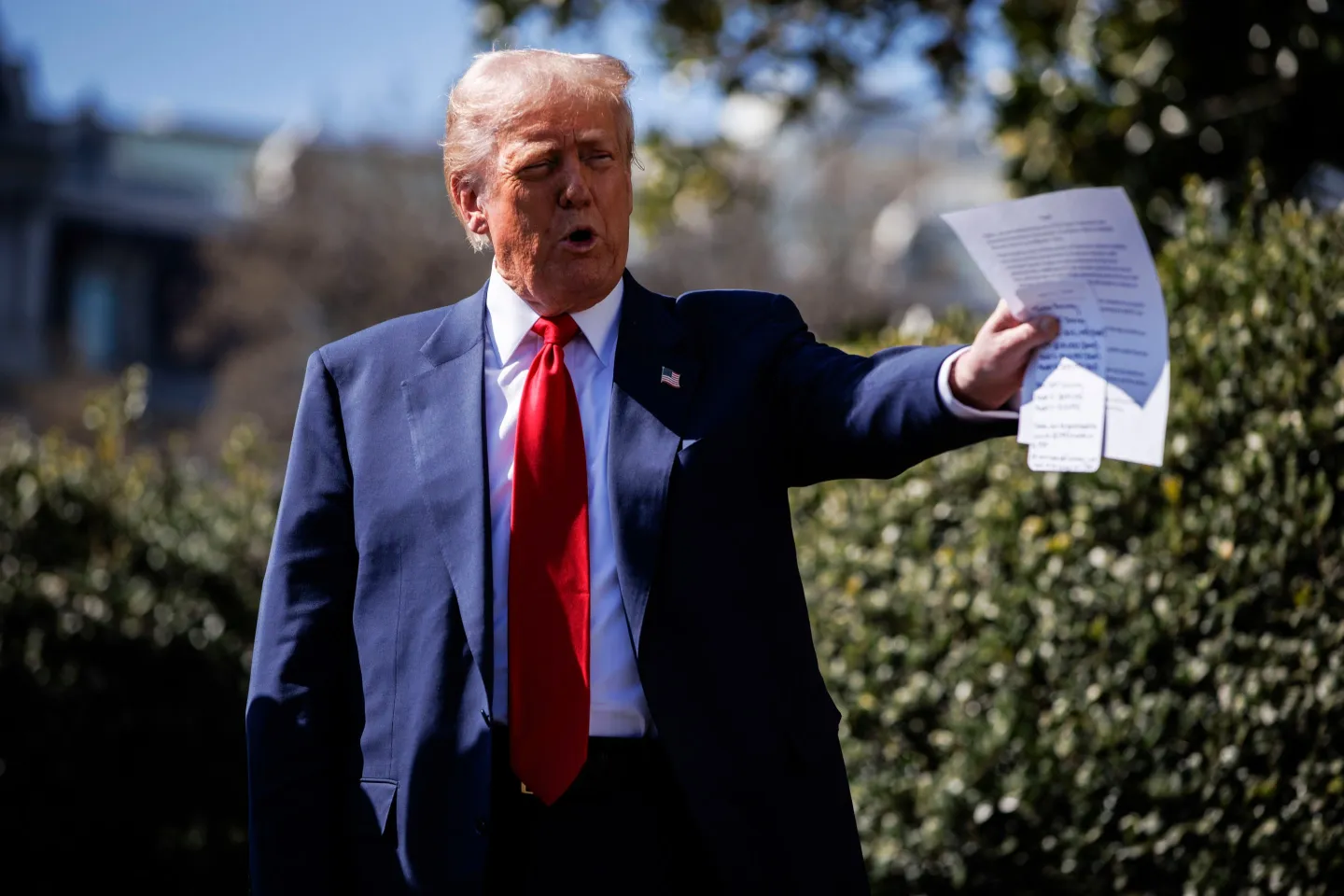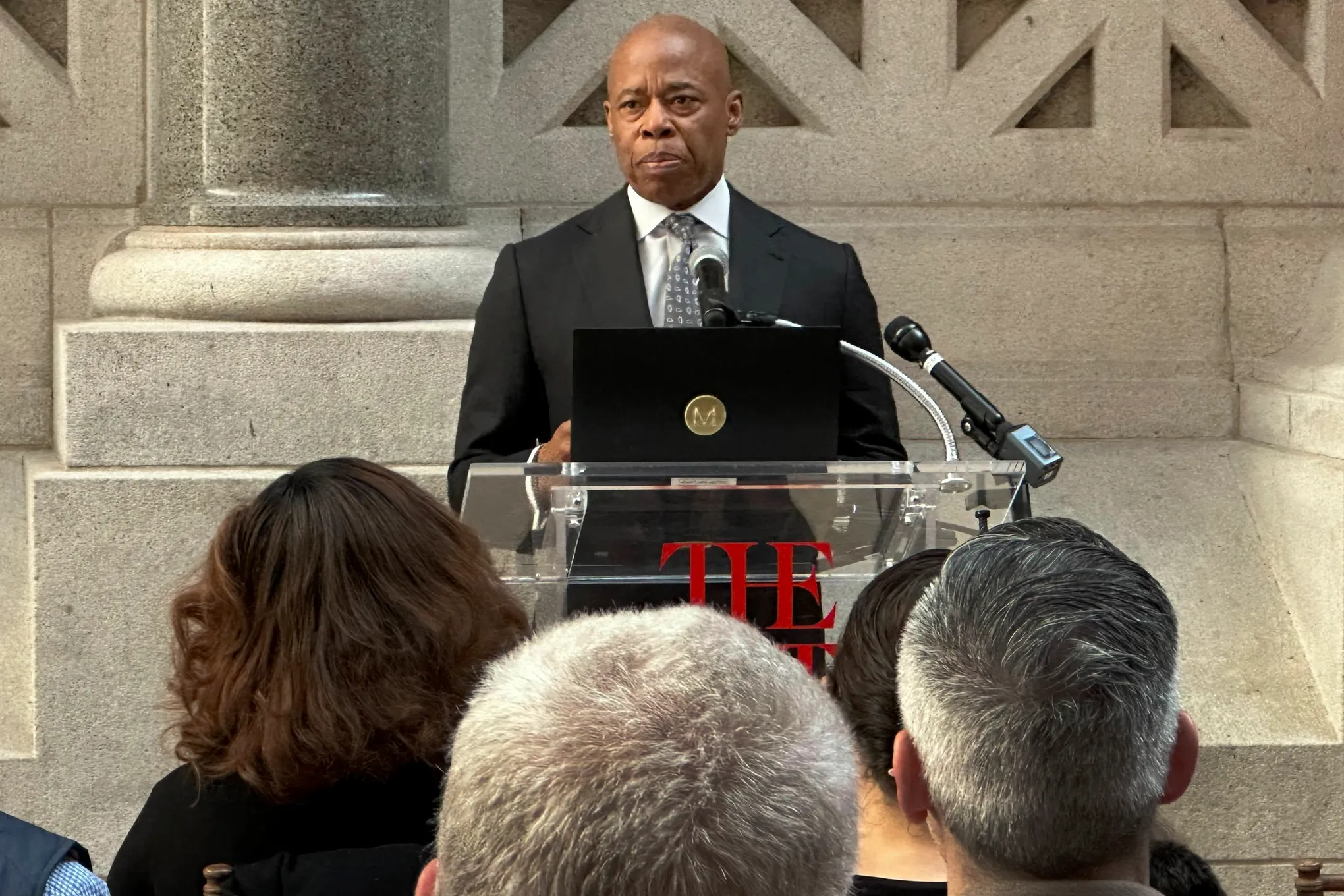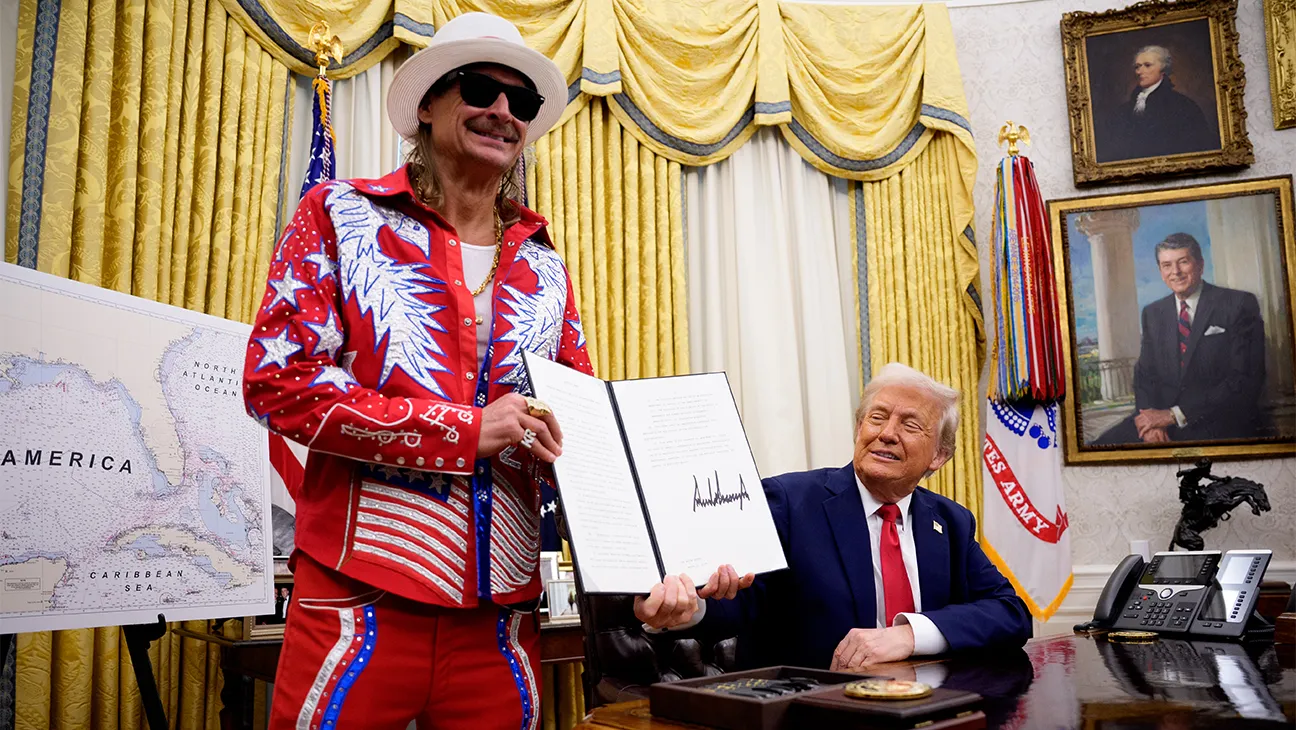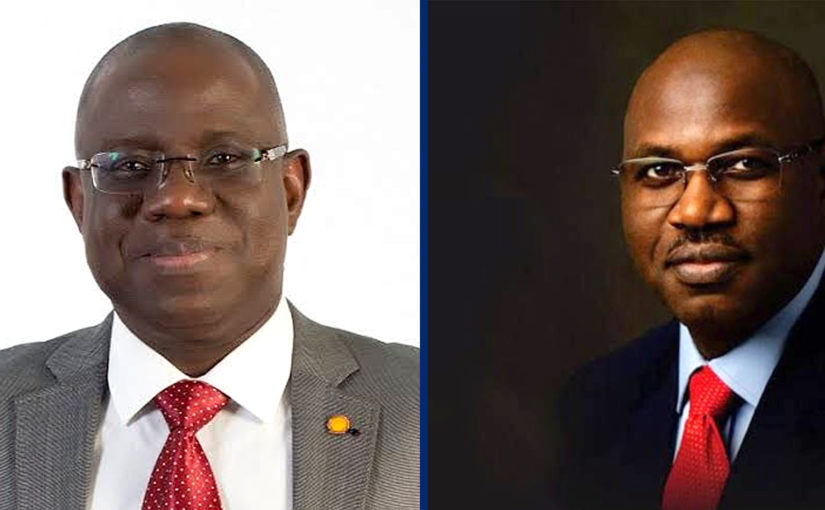President Donald Trump has publicly urged the Federal Reserve to cut interest rates in response to the economic impact of his administration's newly implemented tariffs. On March 19, 2025, Trump posted on Truth Social, emphasizing that rate cuts would help ease the transition of tariffs into the economy and imploring the Fed to "do the right thing."
This appeal came shortly after the Federal Reserve announced its decision to maintain the federal funds rate within the 4.25% to 4.5% range. The Fed also revised its economic projections, lowering the U.S. growth forecast to 1.7% for 2025 and increasing the inflation projection to 2.7%, largely attributing these changes to the administration's tariff policies.
Federal Reserve Chair Jerome Powell acknowledged that the tariffs are contributing to rising inflation, stating that they "could delay progress toward price stability." Despite these challenges, the Fed has signaled the possibility of two rate cuts later in the year but remains cautious due to elevated uncertainties.
Economists express concern that the combination of higher inflation and slowed economic growth resulting from the tariffs could lead to stagflation—a scenario characterized by stagnant growth alongside rising prices. This situation poses a complex challenge for the Fed, as traditional monetary policy tools may be less effective in addressing such concurrent issues.
President Trump's recent call for rate cuts is consistent with his previous stance during his first term, where he frequently advocated for lower interest rates to stimulate economic growth. This approach aligns with his broader economic strategy, which includes tax cuts
In summary, as the new tariffs take effect, President Trump is pressing the Federal Reserve to reduce interest rates to mitigate potential negative impacts on the economy. The Fed, while acknowledging the challenges posed by the tariffs, has opted to keep rates steady for now, signaling a cautious approach amid heightened economic uncertainties.

.jpg)








